St. Francis has a reputation for being a diverse community. That is not true only for the present. Our history reveals a long tradition of diversity and acceptance of many peoples.
For example, in 1916, St. Francis became the center for Catholic Hungarians in Milwaukee. A Mass in Hungarian was offered to the people after the regular schedule of Sunday Masses. A Hungarian priest, Fr. Bognar, who was not a Capuchin, came to St. Francis to celebrate the Mass for the Hungarian people gathered together.
The first attempt was not very successful. Another attempt with a noon Mass in Hungarian was made two years later with the same result. Finally, in 1919, St. Francis offered the parish hall for Sunday Mass at 9AM and even a daily Mass at 8:00. The Hungarian people decided to hold their services at the nearby St. Joseph Parish. But even that eventually gave way to a permanent home for the Hungarian people at a church on 17th and State Street.
Español:
San Francisco tiene una reputación de ser una comunidad diversa. No es verdad solamente en el presente. Nuestra historia revela una tradición larga de diversidad y aceptación de mucha gente.
Por ejemplo, en mil novecientos diez y seis, San Francisco se hizo el centro de los Húngaros Católicos en Milwaukee. Una misa en húngara fue ofrecida después del horario regular de las misas dominicales. Un sacerdote húngaro, el Padre Bognar, quien no era un Capuchino, vino a San Francisco para celebrar la misa para la gente húngara congregada.
El primer intento no fue muy exitoso. Otro intento con una misa al mediodía en húngaro se hizo dos años después con el mismo resultado. Finalmente, en mil novecientos diez y nueve, San Francisco ofreció el salón parroquial para la misa dominical a las nueve de la mañana y hasta una misa diaria a las ocho de la mañana. La gente húngara decidió tener sus servicios en la Parroquia de San José que quedaba cerca. Pero hasta eso eventualmente cedió a un hogar permanente para la gente húngara en una iglesia en la calle diecisiete y State.
